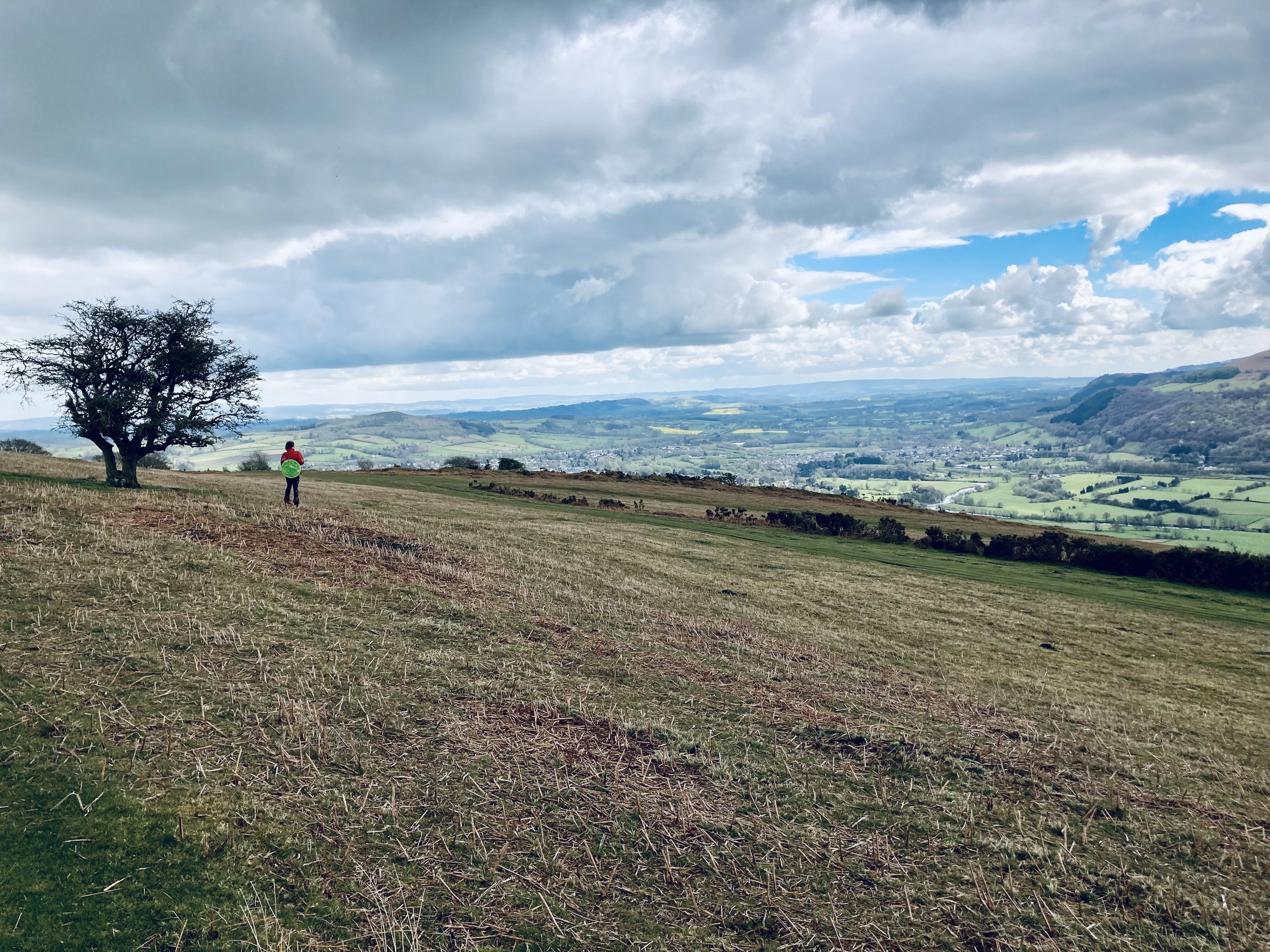
Healing trauma
with sound
The subtle nature of trauma
When you hear the word "trauma," what comes to mind?
Many people envision significant, life-altering events. But trauma isn't always about those big moments. It can be the result of smaller, repeated experiences that accumulate over time. It might be the constant stress of a demanding job, the emotional toll of a challenging relationship, or the subtle impacts of childhood experiences that weren't overtly traumatic but left their mark.
Have you experienced trauma?
You might be wondering, "Have I experienced trauma?"
The truth is, most of us have, in one form or another. It's not always about the magnitude of the event but how it affects us. And these experiences, if not recognised and addressed, can manifest in various ways - from chronic pain, anxiety, and depression to other physical and mental health challenges.
Your journey to holistic healing
It might be worth exploring your past.
Especially if you ever feel unexplained pain, persistent anxiety, or just a sense that something's not right. By recognising and addressing these experiences, you're not just treating symptoms – you're embarking on a journey of holistic healing. And I'm here to guide and support you every step of the way.
Sound therapy has the unique ability to influence our brainwaves, guiding them through different states of consciousness.
This transition is crucial for processing and releasing traumatic memories without re-experiencing the trauma.
Here are some of the techniques I use in 1-1 sound therapy sessions with clients:
-
Binaural beats
By playing two slightly different frequencies in each ear, the brain perceives a third tone that is the mathematical difference between the two. This perceived tone can transition the brain to states conducive for trauma release.
-
Harmonic resonance
By using instruments like Tibetan bowls and tuning forks, I create harmonic resonances that help synchronise brainwaves to frequencies beneficial for trauma healing. The vibrations penetrate the body, reaching areas where trauma resides, supporting it to release.
-
Guided meditations
Paired with sound, guided meditations can lead the mind on a journey, allowing for the safe exploration and processing of specific traumatic events or emotions. The sound acts as a grounding element, helping to anchor you in the present moment and creating a safe space.
-
Sound massage
Placing Tibetan bowls directly on the body allows the vibrations to penetrate deeper, reaching areas where trauma may be stored. This method can help release tension and stimulate the body's natural healing processes, especially in areas affected by traumatic memories.
-
Drumming
Receiving the beats can help release emotional trauma by synchronising the left and right brain hemispheres. This balanced state can enhance cognitive processing, emotional regulation, and intuitive insights, aiding in the processing and integration of traumatic experiences.
-
Vocal toning
Using the voice therapeutically, can resonate with different parts of the body, helping you to release stuck emotions. By directing specific tones to areas holding tension, this can facilitate a vibrational massage, helping release physical blockages and restore energetic flow.
Sound Therapy: Healing the past, shaping the future
So, if you ever feel unexplained pain, persistent anxiety, or just a sense that something's not right, it might be worth exploring your past.
By recognising and addressing these experiences, you're not just treating symptoms – you're embarking on a journey of holistic healing. And I'm here to guide and support you.

Book a discovery call
If you want to discover if sound healing could be for you, please feel free to get in touch.
I’d love to hear from you.












